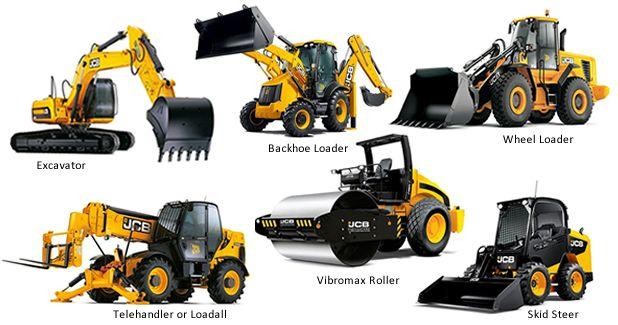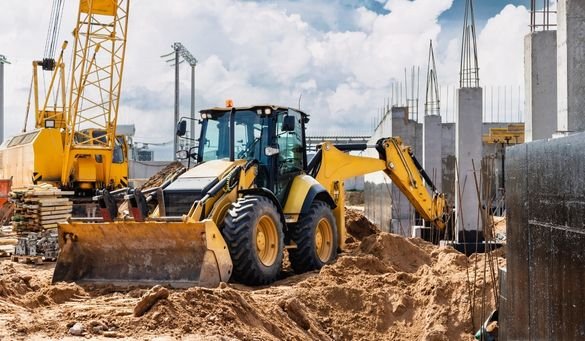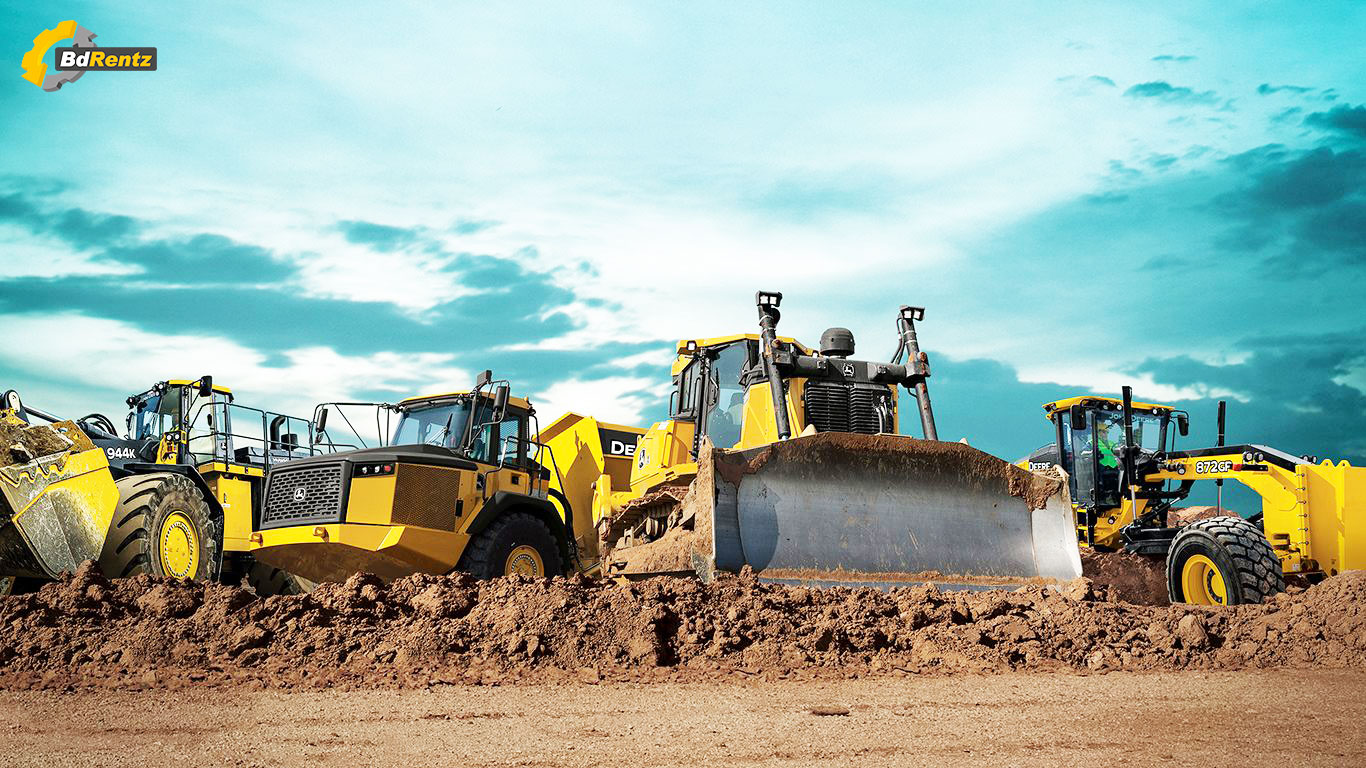Heavy Equipment Rental: Large Equipment for Any Kind Of Construction Project
Heavy Equipment Rental: Large Equipment for Any Kind Of Construction Project
Blog Article
Maximize Your Budget by Recognizing the Expenses Connected With Construction Equipment Rentals
Recognizing the full extent of costs linked with building and construction devices services is vital for optimizing your budget. What methods can be utilized to successfully manage these prices and ensure a more efficient rental experience?
Overview of Rental Costs
When thinking about building and construction devices services, recognizing the linked expenses is critical for effective budgeting and project planning. Rental expenses can differ dramatically based on several elements, consisting of devices kind, period of leasing, and location. The initial rental cost typically mirrors the equipment's market demand and its connected operational abilities, influencing the total expenditure.
Along with the base rental rate, supplementary costs might arise, such as transport costs, gas additional charges, and upkeep fees. It is important to represent these additional expenditures to precisely examine the overall expense of renting tools. The rental period can affect pricing; longer services may certify for reduced prices, while short-term rentals might incur greater day-to-day charges.

Malfunction of Rental Prices
A detailed understanding of rental prices is crucial for contractors and project managers aiming to maximize their budgets. Rental rates for building equipment generally include a number of elements, including base rates, time-based fees, and use charges.
Base prices are the core costs associated with the leasing of the equipment, commonly established by the type and dimension of the machinery. These prices can differ considerably, affected by factors such as devices demand, availability, and regional market fads. Time-based charges, which might be daily, weekly, or monthly, serve to suit various task timelines and rental periods.
Furthermore, rental rates might include use charges, which are appropriate when tools is made use of past a defined threshold, making sure that the rental business can account for wear and tear. Seasonal demand variations can also impact rental rates, with peak construction periods typically regulating greater prices.
In addition, understanding the rental company's plans pertaining to upkeep and insurance policy can provide additional insight right into the general expense framework. By evaluating these parts, specialists can make informed choices, ensuring the choice of rental tools lines up with both job needs and budget plan restrictions.
Additional Costs to Think About
Understanding the ins and outs of additional costs is important for specialists to manage their general leasing expenditures successfully. Past the standard rental prices, various extra costs can significantly affect the complete price of tools rental. These charges often consist of shipment and pick-up fees, which can differ based on range and logistics included in transferring the tools to and from the work site.
In addition, some rental companies may enforce gas additional charges if the tools is returned with less fuel than when rented. It is also necessary to know potential cleaning costs, specifically for customized equipment that calls for comprehensive maintenance after usage.

Thoroughly assessing the rental arrangement and making clear these additional costs ahead of time can assist contractors avoid unforeseen expenses and make certain that budget plans remain undamaged throughout the project lifecycle.
Repair And Maintenance Expenses
Regular repair and maintenance costs are usually overlooked aspects that can dramatically influence the overall cost of construction devices services. When see post leasing devices, it is critical to think about not only the rental costs but additionally the potential costs associated with maintaining the machinery in ideal operating problem.
Numerous rental firms include standard maintenance as component of the rental agreement; nevertheless, extra substantial repair services or unforeseen break downs can lead to extra expenditures. It's important to examine the rental agreement thoroughly to recognize what maintenance services are covered and what obligations drop on the renter.
Additionally, tools that is not well-maintained can bring about inefficiencies on the job site, possibly causing hold-ups and raising task prices. To minimize these threats, it is advisable to conduct routine examinations and keep open interaction with the rental service provider concerning any issues that occur helpful resources during use.
Insurance and Liability Costs
Insurance policy and responsibility expenses are critical components that can significantly impact the total cost of building equipment leasings (aerial lift rental). These expenses guarantee that both the rental firm and the customer are shielded from prospective economic losses occurring from crashes, damages, or burglary throughout the rental period

Furthermore, customers should understand any deductibles or exemptions in the insurance coverage, as these can affect prospective out-of-pocket expenses. Comprehending the terms of any insurance policy protection is important to prevent unexpected prices. Inevitably, budgeting for insurance policy and More about the author responsibility costs can assist guarantee a smoother rental experience and shield versus monetary threats associated with building and construction projects.
Final Thought
Finally, an extensive understanding of the costs connected with building and construction equipment rentals is necessary for reliable budget management. By examining rental prices, added charges, maintenance expenses, and insurance coverage companies, people and demands can decrease unanticipated expenses. This critical strategy not just boosts cost-effectiveness however likewise makes certain that tasks proceed efficiently and effectively. Eventually, informed decision-making pertaining to tools leasings contributes to the general success of construction endeavors.
Rental prices can differ substantially based on several factors, consisting of devices type, duration of service, and place (boom lift rental). The rental duration can affect rates; longer services may qualify for discounted prices, while short-term leasings could incur higher day-to-day fees
By conducting extensive research and involving with reputable rental business, professionals can effectively navigate the intricacies of rental pricing, inevitably maximizing their monetary resources.
Beyond the standard rental rates, numerous additional charges can substantially impact the complete cost of tools leasing. Rental companies frequently give obligation insurance coverage that covers injuries to 3rd celebrations or damages to building, while equipment damage insurance policy can cover the price of repair work or replacement if the leased tools is harmed.
Report this page